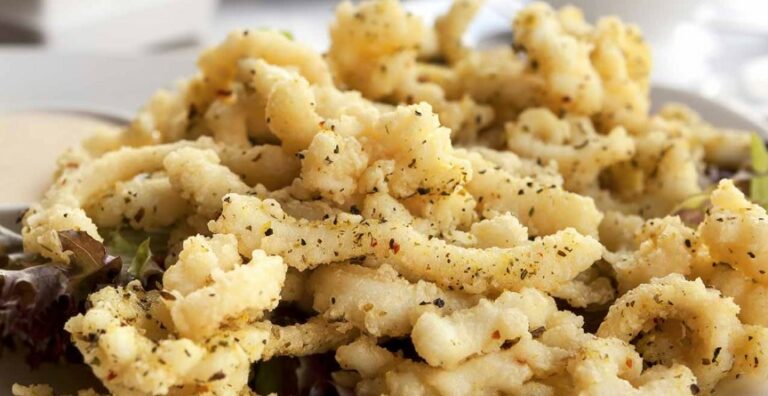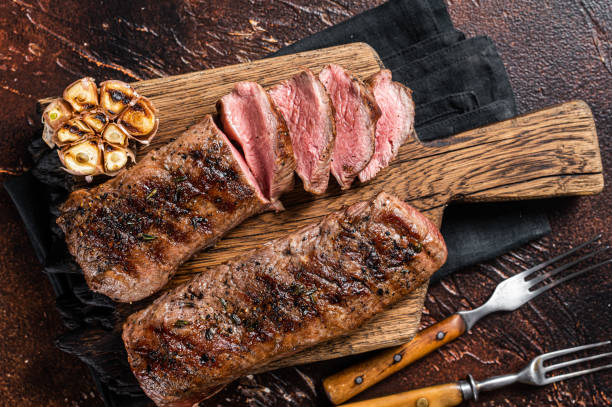Introduction: Discover the Perfect Recipe for Salt and Pepper Squid
Succulent and tender, salt and pepper squid is a popular Chinese seafood dish that has made its way to restaurants all around the world. The dish is characterized by crispy, golden-brown squid rings seasoned with salt and pepper. This delectable treat is perfect as an appetizer or as a main dish with steamed rice.
Making salt and pepper squid is not as difficult as it may seem. With the right ingredients and a little bit of patience, you too can recreate this restaurant-style dish at home. In this article, we will take you through the steps to cook up a batch of crispy and flavorful salt and pepper squid.
Ingredients and Preparation: Coat Squid Rings in a Seasoned Flour Mixture for Best Results
The first step in making salt and pepper squid is to gather all the necessary ingredients. You will need 500 grams of cleaned squid rings, 1 cup of all-purpose flour, 1 tablespoon of salt, 1 tablespoon of black pepper, and 1 teaspoon of five-spice powder. You will also need vegetable oil for deep-frying.
To prepare the squid rings, first, rinse them under cold water and pat them dry with a paper towel. In a separate bowl, mix the flour, salt, black pepper, and five-spice powder. Coat the squid rings in the flour mixture, making sure each ring is evenly coated.
Cooking Instructions: Achieve Crispy and Golden Squid Rings with Deep-Frying Method
To cook the squid rings, heat up a pot of vegetable oil to 180°C (350°F). Carefully drop the squid rings into the hot oil, making sure not to overcrowd the pot. Fry the squid rings for 2-3 minutes until they are crispy and golden brown.
Using a slotted spoon, remove the squid rings from the pot and place them on a paper towel to drain excess oil. Season the squid rings with a little bit of extra salt and black pepper, and serve them hot with a side of sweet chili sauce.
In conclusion, salt and pepper squid is a delicious and easy-to-make recipe that is perfect for seafood lovers. By following these simple steps, you can achieve crispy and golden-brown squid rings every time. So, fire up that stove and get ready to impress your family and friends with your very own salt and pepper squid!







